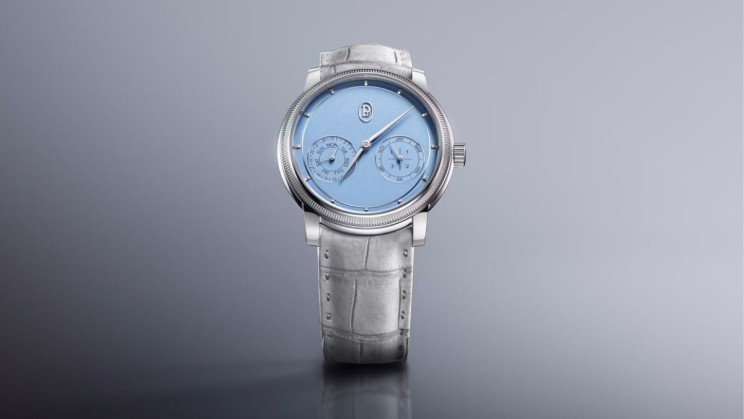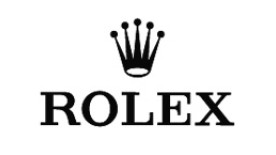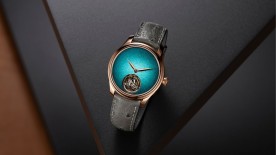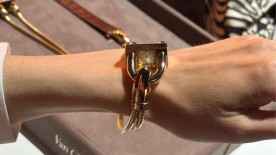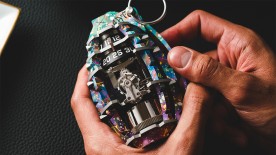When Clark Kent took to the skies people asked “Is it a bird? Is it a plane?” “No, it’s Superman.” At Watches and Wonders 2025 the questions were often “Is it stainless steel? Is it white gold?” “No, it’s platinum.”
There are many reasons for choosing platinum, ranging from rarity – platinum is 15-20 times rarer than gold – to cultural norms suggesting that you refrain from gold, or making a heavy investment, as it is 20% heavier than gold. Atomic number 78 in the periodic table, platinum is one of eight precious metals, with a grey-white, subtly more subdued hue than white gold. But it takes a trained eye to differentiate platinum from white gold or stainless steel. Especially given the fact that the maisons are getting better and better at polishing platinum, mixing and matching different kinds of matt, shiny, and tactilely varied polishings and finishes.
So, what to do when the weight of a watch is indicating platinum, but you are not sure? Grab a loupe and try to seek out the material stamp (950) – or the brand-specific “secret” platinum insignia, for instance the bee stamp found on the case of the platinum iteration of Chopard Alpine Eagle, or on Rolex’s ice blue dials.
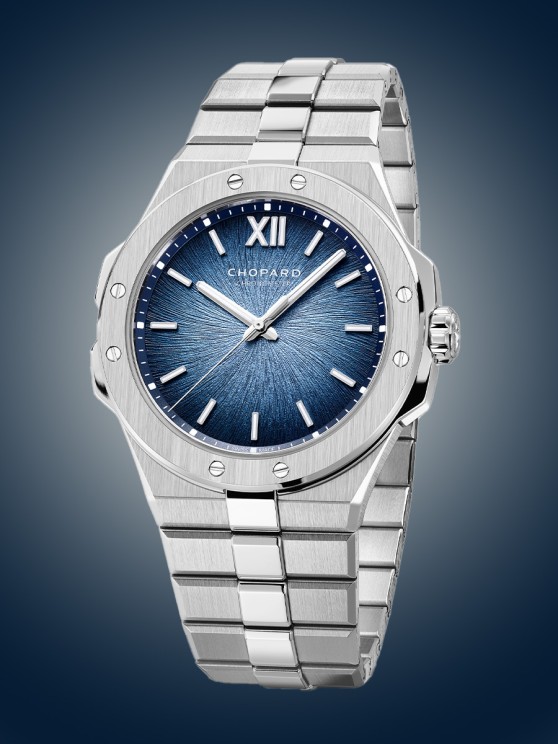
Even though platinum is softer and scratches more easily than gold, it is hailed for its density and that it doesn’t oxidise. With the new FB 3 collection, released for the brand’s 10th anniversary, Ferdinand Berthoud joined the platinum trend. “Platinum is a noble material known for its inalterable nature, but is also very delicate to obtain a perfect polishing. For such a complex case as the FB 3, it demonstrates the expertise of our artisans,” said General Manager Vincent Lapaire.
However, most artisans have a love-hate relationship with the grey-white metal, given its complex properties. For instance, you cannot apply the same pressure as you would with gold if you want a polished sheen. Why not? Applying hard pressure gives platinum a hazy surface. In an interview with the Fondation de la Haute Horlogerie, Patek Philippe, which in April 2025 released the Calatrava (ref 6196) with a platinum case and rotor, confirmed platinum’s “uncooperative” side: “Tools become worn faster on platinum because of its abrasiveness and stickiness. We use three times as many tools to manufacture, assemble and finish a platinum case compared with gold.” To make matters worse, the material doesn’t come in nuggets, and it cannot be perfectly melted, even though its “melting point” is around 1800–1900°C, roughly double the melting point of gold. Thus, its lustre arises from removing imperfections from its surface.
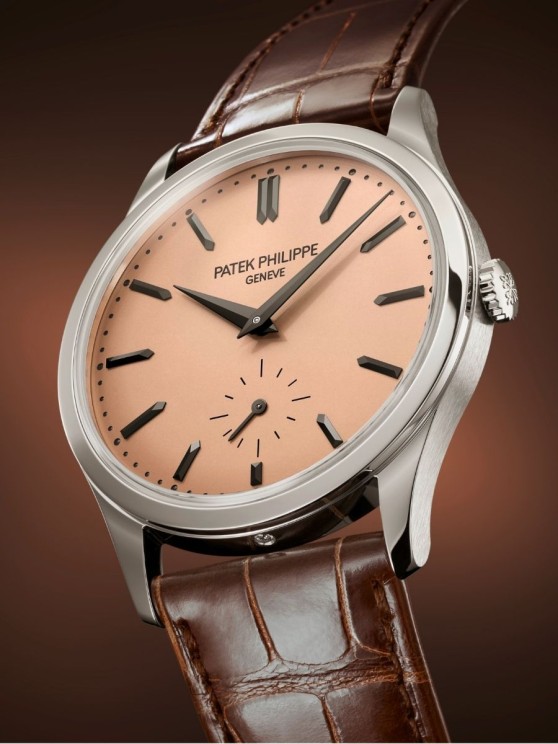
Even though there are no specific statistics for platinum available, the new trend is part of the Swiss watch export rise in the category precious metals, which went from 9.36 to 9.67 billion Swiss Francs when comparing 2023 and 2024. Looking at the whole millennium makes the precious metal category even more interesting, as it has risen exponentially from 2.62 to 9.67 billion. A figure that might rise given beautiful platinum timepieces from 2025, including Vacheron Constantin Small Seconds Patrimony, Chanel Monsieur de Chanel Tourbillon, Louis Vuitton Escale Platinum, Audemars Piguet Royal Oak Jumbo Extra-Thin, Cartier Tank à Guichets, and Parmigiani Toric Quantieme Perpetuel Platinum Morning Blue.
